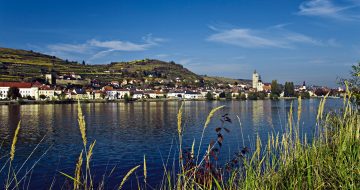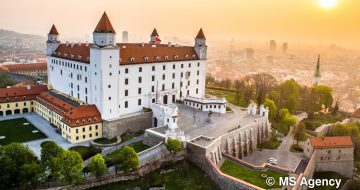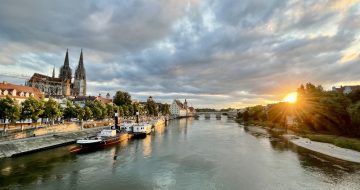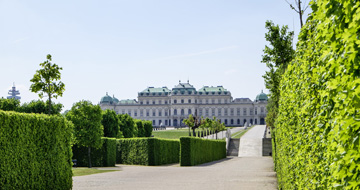Default header
Reformation and modern times
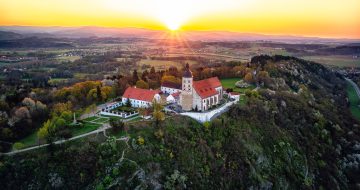
The Bogenberg District Museum is located diagonally opposite the pilgrimage church. It was completely redesigned in 2009 and its permanent exhibition focuses on the Bogenberg and its rich history.
Details
At first glance a former industrial city, at second glance an exciting cultural metropolis: Linz is a city of culture, a festival hotspot and a natural idyll all in one. Linz has many facets that are waiting to be discovered. What you need to bring along on a visit is curiosity, an interest in special cultural experiences and the courage to enjoy. Because a short trip to Linz will bring new experiences and establish a friendship that will make this city unforgettable.
Details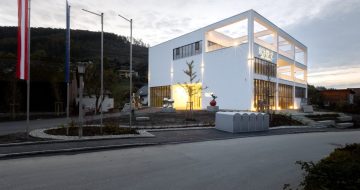
The Danube also stands for modern art - the world's first ZERO ENERGY KUNSTMUSEUM welcomes its guests from near and far!
Details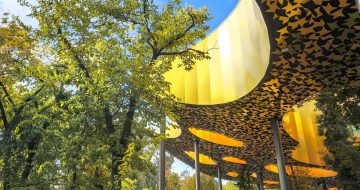
The House of Hungarian Music, where music is for everyone! We offer a wide range of programs to provide our visitors with a comprehensive music experience, whether it is an exhibition, a concert, making music together, singing, dancing, an exciting music education or a lecture at a free university.
Details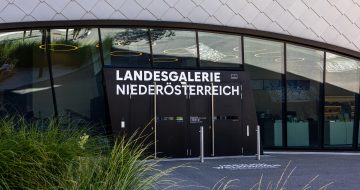
The Landesgalerie Niederösterreich is a new, dynamic exhibition venue for Austrian art. It combines the holdings of Lower Austria's history-rich provincial collections with important private collections and responds to contemporary issues with themed and personal exhibitions. Exciting exhibitions are presented on five presentation levels and 3,000 m2 of exhibition space.
Details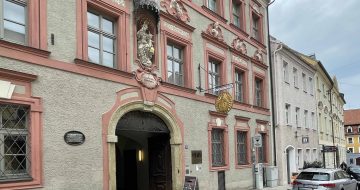
The Gäubodenmuseum shows 7000 years of history of Straubing and Bavaria. The highlight is the Roman treasure, which was found in the region.
Details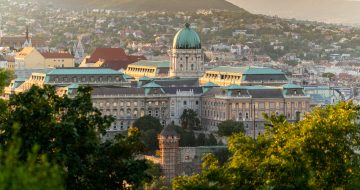
The Hungarian National Gallery in the Castle Palace is the largest public collection of Hungarian art. Thematic and historical exhibitions take visitors to different periods of Hungarian art history and the country's past.
Details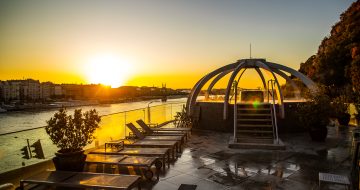
Rudas stands out for its eclectic interior design, not to mention the way it combines 500 years of tradition with the demands of modernity. There are 21 thermal springs flowing into the bath, which is available to guests in the traditional way, i.e. on men's or women's days, while the modern swimming pool on the upper floor is open all day for anyone who wants to relax and enjoy the view of Budapest - even in winter, by the way.
Details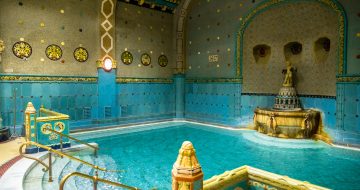
The Gellért Bath is one of the best examples of Budapest's vibrant bathing culture. Built in 1911 in Art Nouveau style, the bath and hotel on the Buda side of the Liberty Bridge offers a glimpse into the bathing culture and architecture of the early 20th century.
Details
The spa is the largest bathing complex in Budapest and one of the largest bathing establishments in Europe. The spa includes 18 thermal pools, an adventure pool, a whirlpool, a swimming pool and an outdoor counter-current pool.
Details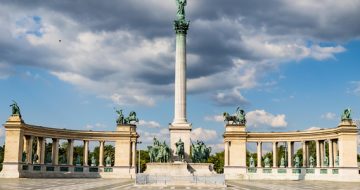
On the occasion of the 1000th anniversary (1896) of the Hungarian land seizure in 896, an imposing monument was erected in place of an 18th century fountain in Heroes' Square: the Millennium Monument. Sándor Wekerle, the Prime Minister of the time, commissioned the architect Albert Schickedanz and the sculptor György Zala to design the monument. Time and again, Heroes' Square has been the stage for momentous events in Hungarian history. Thus, the history of Hungary can be experienced here.
Details
The temporary and permanent exhibitions of the museum are world famous. It is adjacent to the largest park in Budapest, the zoo, the Széchenyi Spa and Heroes' Square. The Museum of Fine Arts formed the private collection of the wealthy Hungarian Esterházy family. The paintings, drawings and engravings from this collection were sold to the state of Hungary in 1870.
Details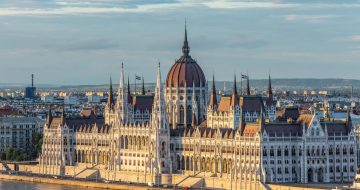
The Hungarian Parliament is located directly on the Danube and is certainly one of the most famous and imposing buildings in the country and on the Danube. It is a UNESCO World Heritage Site.
Details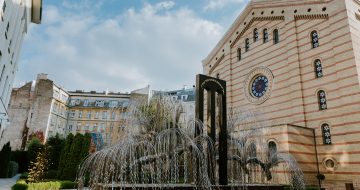
The Great Synagogue of Budapest is not only the largest Hebrew temple in Europe, but with its surroundings full of exhibitions, synagogues, cemeteries and monuments it forms a kind of small island with a beautiful atmosphere.
Details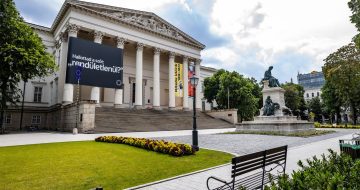
The Hungarian National Museum is ideal for anyone who wants to learn more about the history of Hungary. The museum's collection includes several million items, including works of art, collections and archaeological finds that take visitors through the history of Hungary as a state and nation, from prehistory through the Middle Ages to modern times.
Details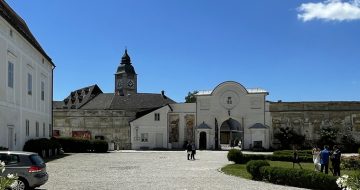
In the new Museum 1212 Enns, a fascinating journey through eight centuries awaits you in eight rooms of Ennsegg Castle. Impressive original objects, modern presentations, multimedia stations and room displays allow you to take a look at history up to the present day.
Details
MÜPA, the Palace of Arts in Budapest, is one of the most modern Hungarian cultural institutions, especially because it is a venue suitable for several art fields at the same time, from opera to art nouveau, dance, literature, film, contemporary, classical, pop, world and jazz music.
Details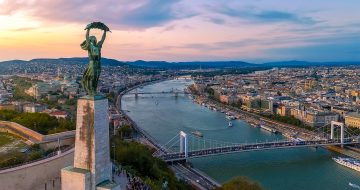
A special feature of the Citadel is that the Statue of Liberty in its southeastern bastion is visible from almost everywhere in Budapest.
Details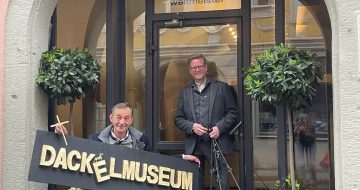
The Dachshund - a world view - is shown in an exhibition from the world's largest collection of over 10,000 exhibits.
Details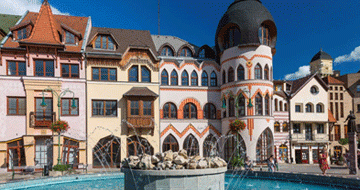
Komárom and Komárno have a common history on the two banks of the Danube. After the First World War, in accordance with the Trianon Peace Treaty, the city, which previously functioned as an administrative unit, was divided into two parts.
Details
Banská Štiavnica in the middle of the Štiavnické vrchy mountains in central Slovakia is included in the UNESCO World Heritage List.
Details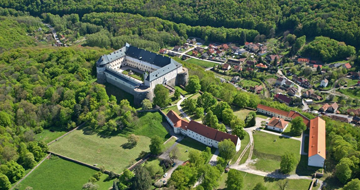
The most beautiful castle in the Little Carpathians, located only a few tens of kilometers from Bratislava, is one of the best preserved castles called Červený Kameň.
Details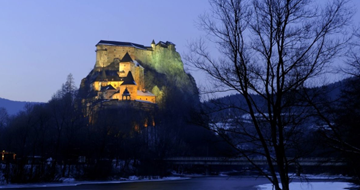
One of the biggest tourist attractions of northern Slovakia is Orava Castle, built like an "eagle's nest" on a rock above the Orava River in Oravský Podzámok.
Details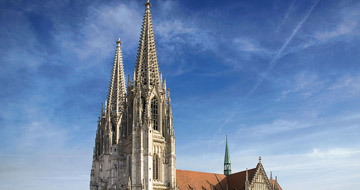
Regensburg's St. Peter's Cathedral is one of the most significant achievements of Gothic architecture in Bavaria.
Details
About 20 km north of the capital lies the largest baroque palace in Hungary. Count Antal Grassalkovich I, who had a friendship with Maria Teheresia, had Gödöllő Castle built in the 18th century.
Details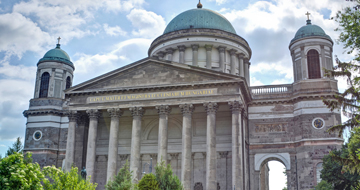
The Esztergom Basilica is the largest church in the country, first in rank, as it is also the cathedral of the Primate of the country.
Details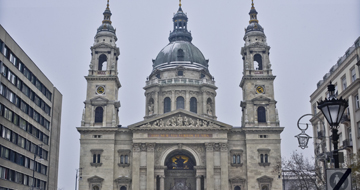
The Basilica of St. Stephen is the fourth largest building in Budapest. The dome rises 96 meters high and offers a first-class view over the city.
Details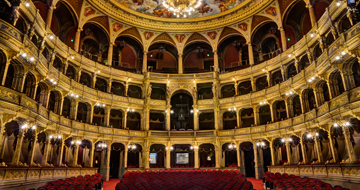
The Hungarian State Opera is considered one of the most beautiful houses of its kind in the world. Co-financed by Emperor Franz Joseph and opened in 1884, since 1970 it has the best acoustics in Europe after La Scala in Milan and the Paris Opera.
Details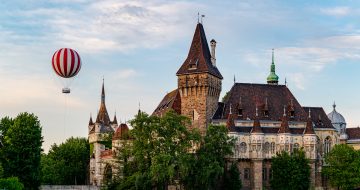
In the Budapest City Park, next to the lake, there is the Vajdahunyad Castle, which is also famous because it combines a hundred years of Hungarian architecture in just one building.
Details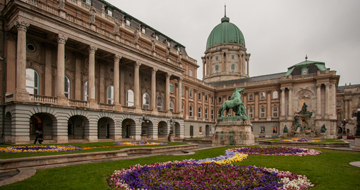
In the middle of the capital is the largest castle in the country, Buda Castle, which is actually not just one castle, but an entire castle district.
Details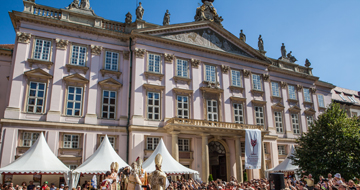
The Primatial Palace was built on the order of Cardinal Joseph Count of Batthyány as the most magnificent and largest manorial residence in the city.
Details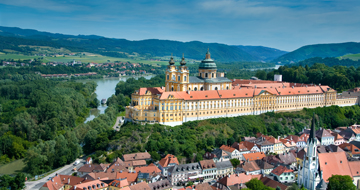
In Melk, however, some of the first Babenbergs were buried and this important burial place of the ruling dynasty was not to be neglected, but to come into spiritual hands.
Details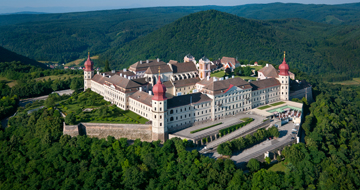
Baroque splendor high above the Wachau - Like a sacred castle, the "Austrian Montecassino" south of Krems watches over the eastern entrance of the
Details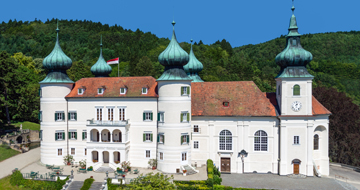
In the middle of the 13th century the name Artstetten is mentioned in documents for the first time. Very soon, the medieval fortress became a castle, which had various owners in quick succession until it was acquired by Emperor Franz I in 1823.
Details
The stork colony in Marchegg offers a concentrated nature experience: For more than a hundred years, one of Europe's largest stork colonies has stopped in Marchegg in spring and summer.
Details
Every year in May, the former imperial hunting lodge Eckartsau is the traditional venue for the Eckartsau Castle Concerts.
Details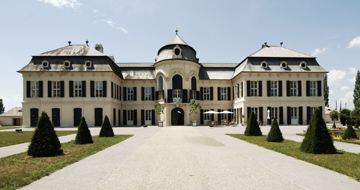
Partly designed in the style of a French pleasure palace, partly on the model of the stately villas of northern Italy, it harmoniously combines Baroque representation and rustic comfort.
Details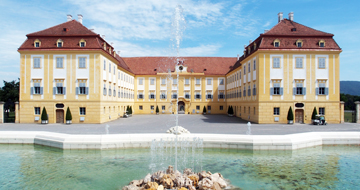
Today, a unique princely ensemble of magnificent architecture and masterfully designed nature extends over more than 50 hectares.
Details
The castle kingdom is the link between two metropolises, embedded in the vastness of the Marchfeld.
Details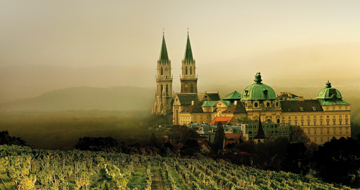
Klosterneuburg Abbey may look back on a history of almost 900 years, but its offer for interested contemporaries could hardly be more up-to-date.
Details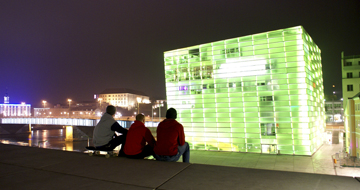
You want to research, discover, experiment and explore? Then the "Museum of the Future", the Ars Electronica Center (AEC), is the right place for you.
Details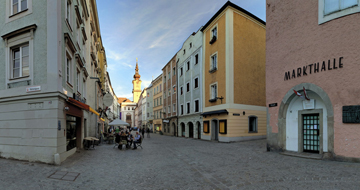
The old town inspires with impressive facades of historic buildings. The Landhaus is a reflection of the history of the province Ob der Enns.
Details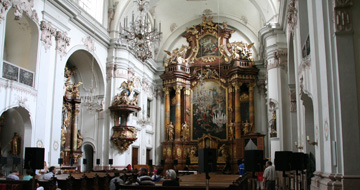
Built by the Jesuits in the years 1669-1683 according to plans by P.F. Carlone. Anton Bruckner worked here as cathedral organist from 1856-1868.
Details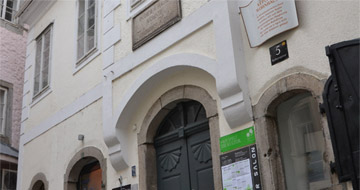
The former home of Johannes Kepler is a place of dialogue between the sciences and the people and guests of Linz.
Details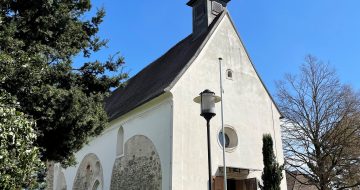
St. Martin's Church is considered one of the oldest ecclesiastical buildings in Austria. Its history has been rooted in that of the city of Linz for more than 1200 years.
Details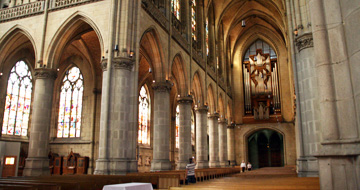
The largest church in Austria is located in Linz - the "Mariendom" or so-called "New Cathedral".
Details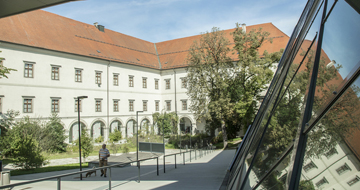
The Linz Castle towers high above Linz. Gastronomy and the castle museum are united in this sight, as well as historical and modern architecture.
Details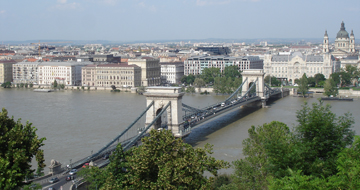
Metropolis of millions, cultural capital and spa capital at the same time, Budapest casts an almost magical spell on visitors.
Details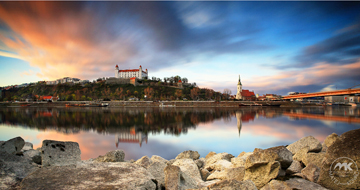
Located at the intersection of three cultures, archaeological findings of a Celtic settlement and a Roman fort prove the important trade route crossing and strategic importance of the town as part of the Limes Romanus.
Details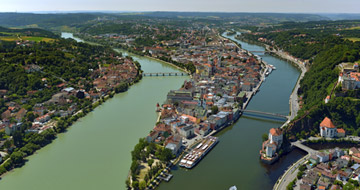
Passau lies at the confluence of the three rivers Danube, Inn and Ilz and borders directly on Upper Austria. For six hundred years, the city on the three rivers was an episcopal principality.
Details
